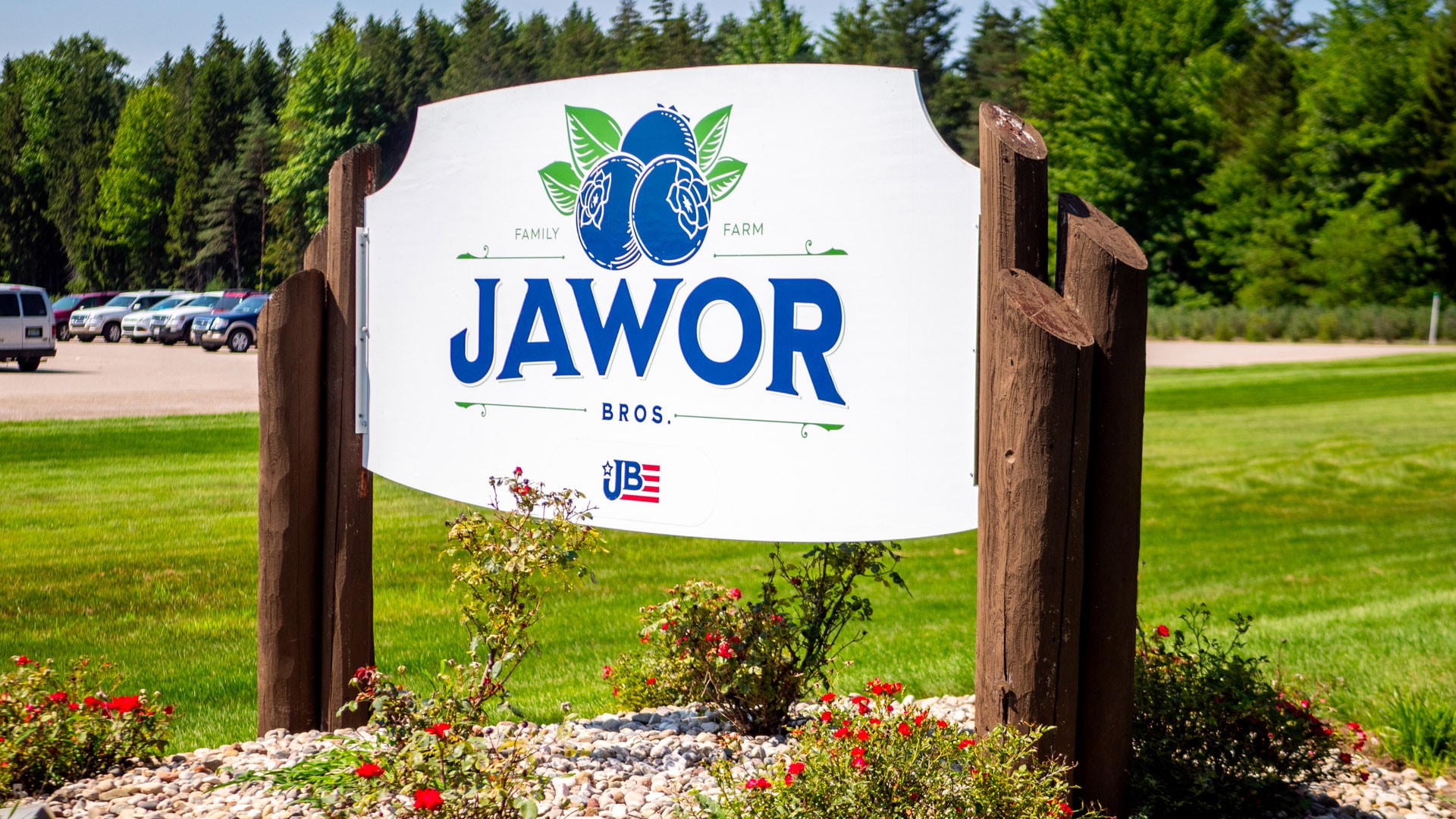This page highlights sandblasting and painting Cedar wood slabs to create solid cedar wood signs that combine beauty and durability. This method enhances the wood’s natural elegance and adds protection, extending the signs’ lifespan. They suit various spaces, from traditional to modern, thanks to cedar wood’s timeless charm and strength, showcasing the synergy of artistry and craftsmanship.
This page highlights sandblasting and painting Cedar wood slabs to create solid cedar wood signs that combine beauty and durability. This method enhances the wood’s natural elegance and adds protection, extending the signs’ lifespan. They suit various spaces, from traditional to modern, thanks to cedar wood’s timeless charm and strength, showcasing the synergy of artistry and craftsmanship.
The remarkable durability of cedar makes it an outstanding choice for crafting wood signs. With its inherent resistance to decay and pests, cedar can withstand the test of time even when exposed to the elements.
Its remarkable dimensional stability ensures that it remains less prone to warping, twisting, or splitting than other types of wood, which is particularly crucial for outdoor signs that must endure varying weather conditions.
This wood’s natural strength and resilience mean that cedar signs maintain their structural integrity and remain visually appealing over the years, making them a reliable and long-lasting option for outdoor signage.
SHAPING
Routing the outer shape of a cedar flat panel wood sign is a precise process using a router tool to carve out the desired design. This method ensures smooth, consistent edges, enhancing the sign’s look and structural integrity. Whether it’s a standard shape or a custom design, routing allows for fine detailing and clean lines, making it an excellent choice for durable outdoor signage.
SANDBLASTING
Sandblasting a cedar flat panel wood sign is a process that enhances its appearance and durability. It involves directing high-pressure abrasives at the wood’s surface to create a textured design, accentuating its natural grain.
This technique adds visual appeal and improves weather resistance, making the sign ideal for outdoor use. Sandblasting combines artistry with functionality, creating a durable and aesthetically pleasing cedar sign.
STAINING
Staining a cedar flat panel wood sign offers versatility in achieving a range of colors and finishes. Different wood stains can create a spectrum of hues, enhancing visual appeal while providing essential protection.
This process allows creative customization to match the sign with its surroundings, adding character and uniqueness for a visually appealing addition.
PAINTING
Painting the portions of a cedar sign that have yet to be sandblasted is a creative process that adds color and design. This enhances the sign’s appeal and durability, allowing for artistic customization to fit the sign seamlessly into its surroundings.
Whether aiming for bold or subtle finishes, this approach adds character and uniqueness to the cedar sign, making it a distinctive and visually appealing addition.
PROTECTING
Applying a clear coat to a cedar flat panel wood sign is often added for additional protection and longevity. This transparent finish acts as a shield, safeguarding the wood from the effects of weather, UV rays, and moisture. It not only preserves the natural beauty of the cedar but also prevents it from deteriorating over time.
The clear coat creates a robust barrier that ensures the sign remains resilient and resistant to environmental factors, making it a reliable choice for outdoor use. Additionally, it adds a subtle sheen, enhancing the sign’s appearance and providing a polished, professional finish that endures, contributing to the sign’s long-lasting appeal.
Cedar is favored for wood panel outdoor signs due to its natural resistance to environmental stressors, dimensional stability, aesthetic appeal, ease of working with, and eco-friendly attributes. These qualities combine to make cedar an excellent choice for outdoor signage that requires both longevity and visual appeal. Here are some reasons we love Cedar for wood panel panel signs:
NATURAL RESILIENCE
Its inherent resistance to decay and insects renders cedar a top pick for outdoor signs. It can endure the rigors of the elements, including exposure to rain, sunlight, and temperature shifts, all while maintaining its structural integrity over time.
STABILITY
The remarkable dimensional stability sets cedar apart, showing reduced susceptibility to warping, twisting, or splitting when compared to other wood varieties. This stability is essential for ensuring the longevity of outdoor signs in the face of ever-changing weather conditions.
AESTHETIC APPEAL
The natural, captivating grain pattern and rich reddish-brown color contribute to the visual appeal of outdoor cedar signs, elevating their overall charm. The appearance of this wood harmonizes seamlessly with diverse architectural styles and outdoor settings.
LIGHTWEIGHT
Cedar is relatively lightweight compared to other hardwoods, simplifying outdoor signs’ installation and handling. This makes it a practical choice for signage that might need to be transported, mounted, or maintained.
WORKABILITY
Its ease of manipulation lends itself well to intricate designs and fine detailing, making it a suitable choice. Artisans can precisely route, sandblast, or shape cedar, enabling them to craft customized and visually captivating wood signs.
SUSTAINABILITY
Many cedar varieties are available from sustainably managed forests, making it an environmentally responsible choice for outdoor signs. Cedar’s fast growth rate and renewability make it a preferred wood source for those concerned about sustainability.












